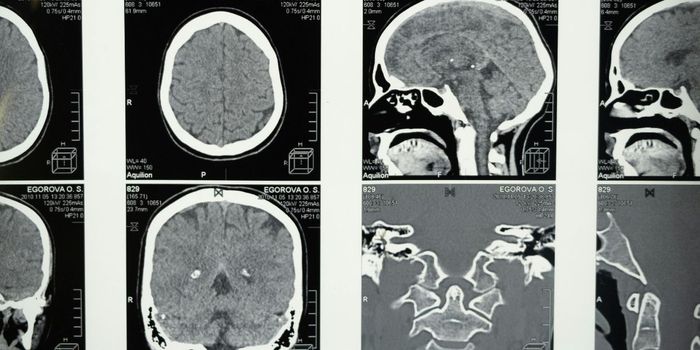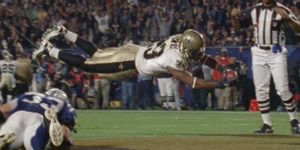It’s not quite Christmas Eve yet, but everyone has heard the line from the holiday poem “ while visions of sugarplums danced in their heads.” Maybe that is what some children or even adults dream about, but scientists at the Salk Institute have found a pattern of brain waves that happen during sleep that evoke another childhood image, that of Star Wars favorite, Princess Leia. In a recently released study, it was demonstrated that specific patterns in the brain during sleep actually move in a circular pattern. If these patterns could be traced with a crayon or marker they would definitely look like the braids worn by Carrie Fisher in her portrayal of the royal Star Wars character. These cinnamon-bun like braids are iconic and finding a similar pattern in brain waves just shows that even neuroscientists like to have a little fun.

So what do these brain waves do? It appears they are related to the formation of memories. The brain stores two different kinds of memory. Short-term and long-term. Short-term memory is stored in the hippocampus while long-term memory winds up in the neocortex. Eventually though, many short-term memories wind up committed to long-term memory. This process is called “memory consolidation” when the brain processes the movement of memories from the hippocampus to the neocortex and it’s been shown to happen while a person sleeps.
Scientists have seen part of this process in brain waves known as sleep spindles. It’s in the early stages of sleep, before REM activity begins, that this consolidation happens. Prior research shows that when brain waves were measured, the more sleep spindle waves were detected, the better memory a person would exhibit the next day. The problem with that research is the mechanism of how they were related to memory formation was not clear and the method of using electrodes on the scalp could only capture brain waves in one area of the brain at a time.
Terrence Sejnowski, the head of the Salk Institute Computational Neurobiology Laboratory and study first author Salk research associate Lyle Muller wanted to know more and upped the technology ante by using a different method of recording brain waves. Intracranial electrocorticograms (ECoGs) are conducted via actual brain implants that can gather electrical data from different areas of the brain
simultaneously . It’s a type of recording that is often used in epileptic patients to detect seizure activity. Data from five of these patients who were already undergoing ECoG monitoring was used to avoid putting healthy individuals through the surgical implantation of the electrodes. The data used by the Salk team was taken from nights that had been seizure free for the epilepsy patients.
When Muller and Sejnowski examined the data they realized that contrary to what had been previously believed, the spindle waves were not cresting all at once all over the brain. Instead it was an oscillating pattern, in a circular progression. The same patterns were seen multiple times in one night, sometimes hundreds of times over in just a few hours. The team believes that different areas of the brain were communicating about memories because each memory that a person has is made up from different components, visual, olfactory and auditory etc. The Salk team hypothesized that these circular patterns represent the joining together of each of these components.
Dr. Sejnowski stated, “If we understand how memories are being linked up like this in the brain, we could potentially come up with methods for disrupting memories after trauma. There are also disorders including schizophrenia that affect sleep spindles, so this is really an interesting topic to keep studying.” He talks more about this important research in the video below, check it out.
Sources:
Salk Institute,
Sleep Association,
eLife,
Vanguard Daily









